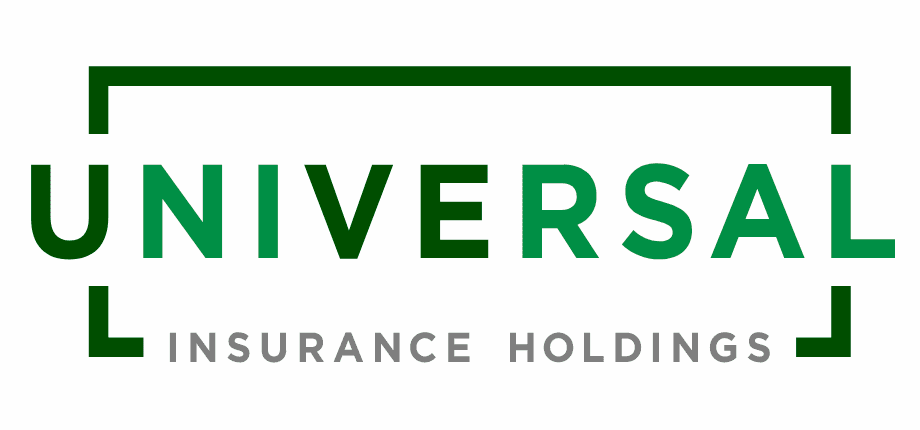Universal gets most catastrophe capacity in history. Nephila a key market

In completing its mid-year reinsurance renewal placement, Universal Insurance Holdings, Inc. said last night that it has secured the most catastrophe capacity in its history, with insurance-linked securities (ILS) markets again key participants in the tower.
Nephila Capital, the ILS fund management giant owned by Markel, was again a lead market for Universal, as it put together its reinsurance needs for 2022 and beyond.
RenaissanceRe, who may also have deployed third-party capital to the Universal reinsurance tower, Munich Re, Chubb Tempest Re, Everest Re and Lloyd’s of London syndicates are all cited as significant participants in the program as well.
All of these names are expected to be meaningful players in some Florida reinsurance renewals this year, although their selectivity is likely to be higher than previous years.
The renewal reinsurance towers cover Universal Property & Casualty Insurance Company (UPCIC) and American Platinum Property and Casualty Insurance Company (APPCIC), the main subsidiaries of the company.
The company said the reinsurance tower features zero co-participation above its consolidated retention and zero gaps in coverage for hurricanes and tropical storms.
On a total cost basis, the 2022-2023 reinsurance program is expected to come to $696 million, which is roughly 37.6% of estimated direct premiums earned for the 12-month treaty period, and compares to approximately 36.4% of estimated premiums at this time last year.
So a slight increase in cost of reinsurance cover, on a premium basis, but not particularly significant across the entire arrangement, it seems.
Universal had reported its first-event reinsurance arrangements as 85% completed back at the start of May, as the insurer got out early to avoid the challenging renewal marketplace.
That seems to have been a positive move for the insurer.
We are pleased to announce the completion and outcome of the 2022-2023 reinsurance programs for both of our insurance companies,” explained Matthew J. Palmieri, President of UPCIC. “Against a backdrop of wide ranging macro-economic pressures globally and an extremely challenging property insurance and reinsurance marketplace, particularly in the markets that we serve, we were able to secure the extensive reinsurance program we desired for the 2022 hurricane season. In fact, we were able to secure more capacity in future years, including the 2024 renewal. We appreciate our long-standing partners that have supported us for over a decade and we look forward to continuing to foster these specific key relationships as well as the new ones we established in this renewal cycle. As expected, our reinsurance costs have increased modestly over the 2021-2022 period, but remain in line with our expectations and give us the operational stability and coverage certainty we need to execute our plan well into the future.”
Universal said that is Florida policies-in-force declined by 7% year-over-year by Q1 2022, while Florida premiums-in-force increased by 11%, which it says represent its efforts to optimise its spread of risk and improve rate adequacy.
As a result, UPCIC’s first-event reinsurance tower has a top end of $3.16 billion, down 7% from last year, in line with the decline in Florida policies-in-force.
But including subsequent event coverage, the company said, “UPCIC purchased more open market capacity across all treaties for its expected risk count than ever before.”
For UPCIC, $1.14 billion of first-event limit automatically reinstates to provide protection in multi-event scenarios, with reinstatement premium protection in place for all private layers below the FHCF.
UPCIC’s all states retentions also remain unchanged at $45 million for first and second events and $25 million for third and fourth events.
On a first event basis, Universal Insurance Holdings (UIH) provides UPCIC with layer one coverage, using the same captive arrangement as the 2021-2022 treaty period.
The company is thinking ahead, securing more multi-year reinsurance protection as well, with $383 million of multi-year catastrophe capacity below the Florida Hurricane Catastrophe Fund for UPCIC, with contractually agreed limits that extend coverage through the 2023 wind season, $277 million of which extends through the 2024 wind season.
In addition, UPCIC also has the Cosaint Re Pte. Ltd catastrophe bond in place to provide one limit of $150 million in this year’s program and it may also include the 2023 wind season, depending on loss activity this year.
For APPCIC, the first event catastrophe retention for a Florida loss is $3.5 million on a consolidated basis, and the first event reinsurance tower has an exhaustion point of $54.6 million. Like UPCIC, there are also no co-participations in any layers and no accelerated deposit premium requirements.
Read all of our reinsurance renewals coverage here.





